QuestionHello Mick! I live in Parker County, Texas (North Central Texas) and have a well kept yard/flower garden with lots of trees, container plants, etc. I would like to introduce more lizards (and toads) for organic insect control. Would this be feasible, to try to bring more lizard species in, and if so, what species of lizards would actually thrive "in the wild" in my yard? Would it do more harm than good for the lizards to be purchased from somewhere? I'd like to create a lizard-friendly habitat, definitely, but am rather at a loss as to whether this is a realistic quest. I used to keep Anoles (in a herpetarium) and thoroughly enjoyed caring for them, but at this point am more interested in "free-range lizards". (smile). Thank you very much for your time and your help.
AnswerHello Julie,
No need for directions. I'm in Wichita Falls. We get rained on at the same time practically, so I'm familiar with the reptiles of this specific area.
The best thing to do is just build it, and they will come if they are going to survive in such a habitat. There are many herps that are local, and would love to have a buffet oasis setup for them. There are only a few species that I would advise trying to bring in artificially if you can't get them to show up on their own, and that would pretty much be those that are already native to this part of Texas. Everything is native to certain geographic regions for a reason.
The Green Anole is the first that comes to mind. Anoles need not be kept in a herpetarium, as they are actually native. They are "free-range" in certain parts of Texas. Growing up near Houston, you could have filled a sack with all the Anoles you could find on the outside walls of the house, and on the screen doors. Green Anoles range, according to that maps, into Terrant, and Denton Co., but I'm sure you could find them in Parker Co. too, and that they would thrive if conditions were right. The Anoles are most apt to take a liking to such a garden and the insects it would provide, as they prefer it a little more humid than some of the other lizards around the area.
Geckos are another great choice for going after insects, and along with the Anoles, would provide a 1,2 punch. The Anoles hunt by day, and most Geckos hunt by night when many of the bugs are out. Both Geckos and Anoles would hang close by and establish territory; whereas, many other larger native lizards ( like Collareds or Spiny/Fence Lizards ) have a larger territory and might migrate away instead of hanging close.
The Mediterranean Gecko is also known to range into your adjacent counties, so again, I always assume that they can be found one or two counties over what the range maps say. Such maps are not often updated, and not enough people contribute to the sighting data they use to come up with such maps ( I found a 20+ year old, female, Three-Toed Box Turtle last year in Wichita Falls...the maps say that their range stops about 80 miles east of me in Sherman and Denton ).
The problem with most other lizards native to the area is that many of them prefer either rocks and sand, or old logs and leaf litter. The kind of lizards you want to attract will be most attracted by some open water sources, like birdbaths, or frequent ground watering, as well as some loose soil and ground cover to shade under. If you have outdoor lighting in these locations, though it may attract some bugs, the Geckos will congregate there and feed. Perhaps some very low wattage, low light intensity bulbs would work to only attract those insects which are very close by. There is also a contraption called a "bug napper" which is used by a fellow Horned Lizard keeper friend of mine, to capture select bugs and feed them to his lizards. This devices uses a light, and a trap door system, to capture the bugs without poisons or killing them.
The Greater Earless Lizard is native to Parker Co. but prefers streambeds, rocks, and cliffs.
The Tree Lizard-Urosaurus ornatus resides a few counties west, but might do ok where you are, if not already living in that area.
The Southern Prairie Skink resides in parker Co. as does the Ground Skink-Scincella lateralis.
The Five-Lined Skink would make a good addition, and is known in Terrant and Wise Co.
The Four-Lined Skink borders you on the west.
And the Great Plains Skink also resides in the immediate area in surrounding counties.
As far as amphibians, the Plains Leopard Frog, Southern Leopard Frog, and Northern Cricket Frog are native to the area, including Parker Co. As well as the Green Toad, and Texas Toad. I'm not as versed in amphibians, so for the rest of frogs, toads, and salamanders, I'll give you a good page to reference.
http://www.zo.utexas.edu/research/txherps/
And let me know if you ever see any "Horny Toads" down there!
My page:
http://freewebs.com/wichitafallsreptilerescue

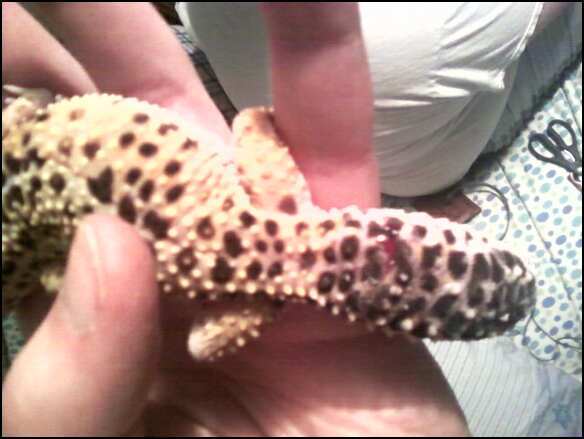 leopard gecko tail has a cut
Question
Geckos tail.
Hi, my name is Dawn and i have 2
leopard gecko tail has a cut
Question
Geckos tail.
Hi, my name is Dawn and i have 2
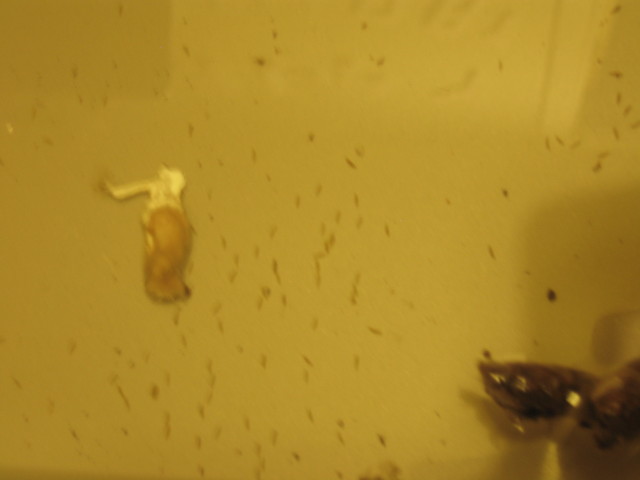 very strange things in poo ! worried
QuestionQUESTION: Hi,I hope you can help!! We hav
very strange things in poo ! worried
QuestionQUESTION: Hi,I hope you can help!! We hav
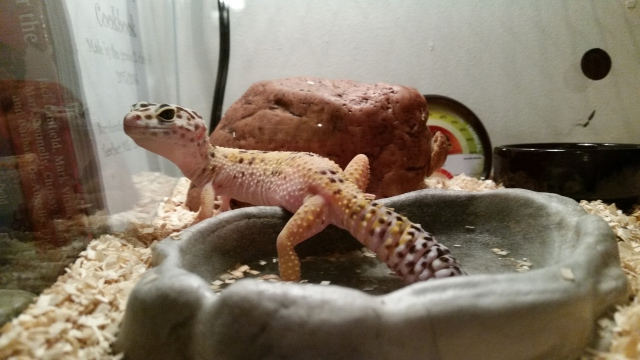 Leopard gecko possibly pregnant
QuestionQUESTION: Hello!
About a week ago I adopted a 2
Leopard gecko possibly pregnant
QuestionQUESTION: Hello!
About a week ago I adopted a 2
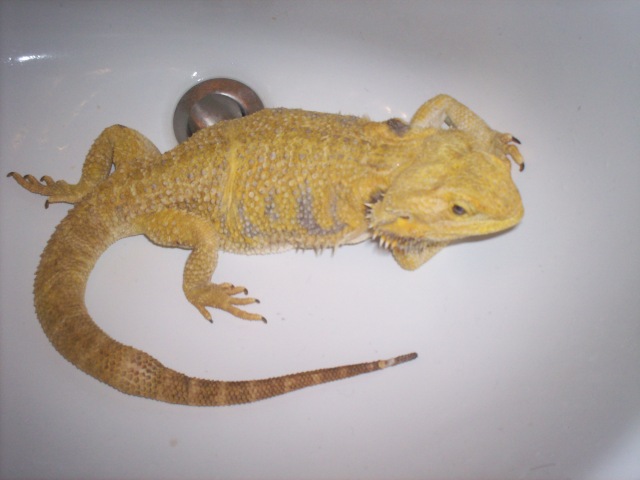 Female Beardies Swollen Tail
QuestionQUESTION: Hello!
I hope you can help me with a
Female Beardies Swollen Tail
QuestionQUESTION: Hello!
I hope you can help me with a
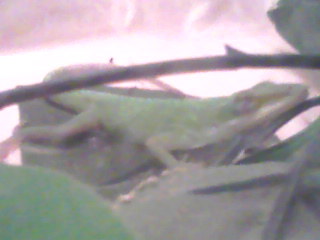 I think my Green Anole is sick
QuestionQUESTION: I have noticed two days ago that my a
I think my Green Anole is sick
QuestionQUESTION: I have noticed two days ago that my a